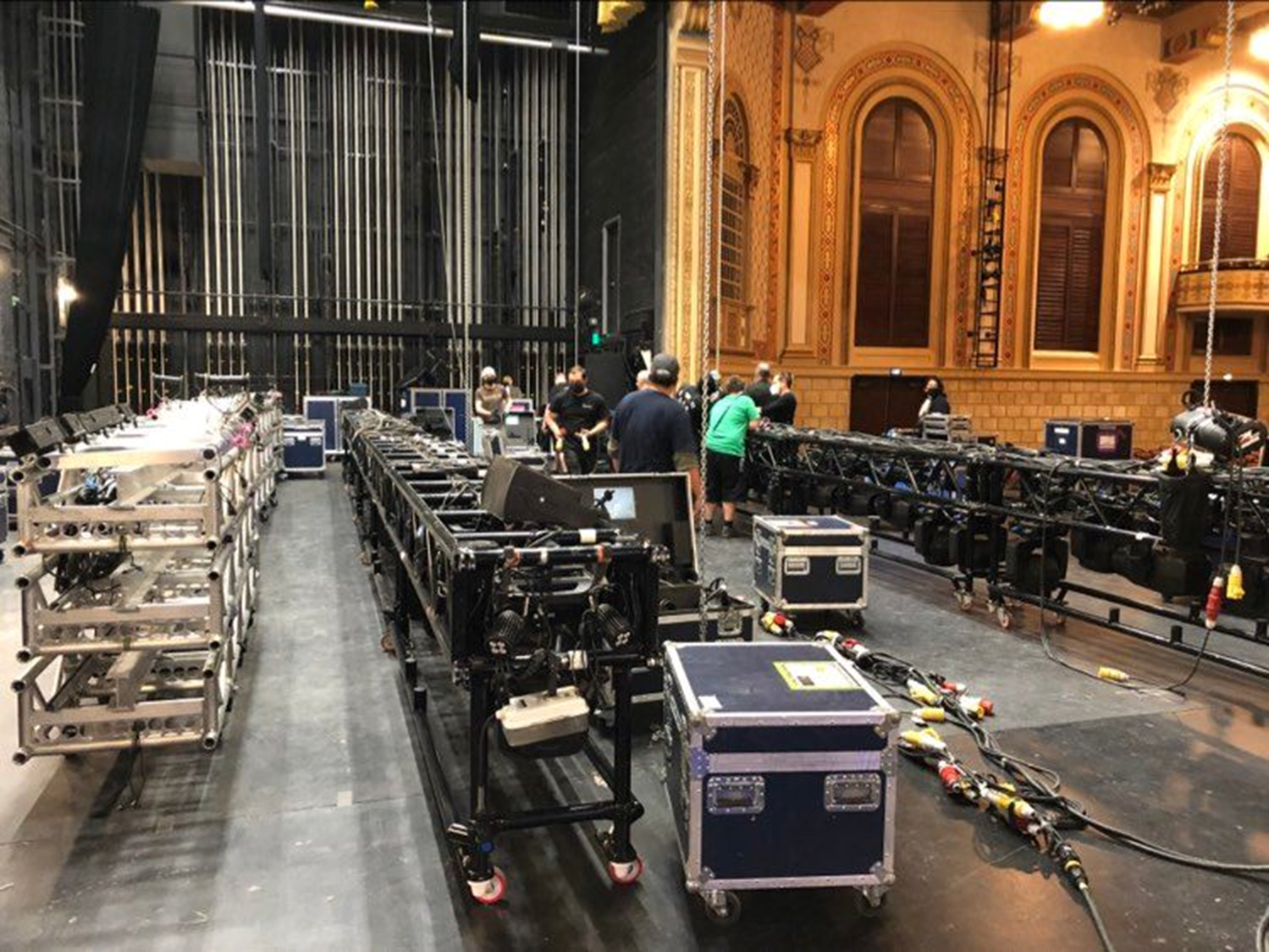STEAM in the Performing Arts
In the realm of human creativity, the performing arts stand as a testament to the fusion of imagination and skill. Traditionally seen as a domain driven solely by artistic expression, the performing arts have increasingly embraced a multidisciplinary approach, incorporating elements of Science, Technology, Engineering, Arts, and Mathematics (STEAM) into their fabric. This harmonious convergence has not only enriched artistic endeavors but has also expanded the horizons of innovation and collaboration. Let's explore how STEAM influences and enhances the world of performing arts.
Science: Understanding the Human Experience
At its core, the performing arts are based on human biology. From the colors we see, the sounds we hear, the vibrations we feel, and the odors we smell, a live performance is tailored to maximize the sensory experience. If we were dogs, it would be a completely different experience that may emphasize blues and yellow colors while adding more olfactory sensations to the show.
Furthermore, science delves into the intricacies of the human body, psychology, and perception, providing valuable insights to performing artists. From biomechanics to neurology, scientific principles inform movements, expressions, and the utilization of space on stage. For instance, the study of ergonomics helps dancers optimize their movements to prevent injuries, while cognitive science aids actors in understanding character psychology and emotional portrayal.
Physics and chemistry also play a role on stage. Although the laws of physics place constraints on the movement of people and objects; performers are always testing the boundaries that seemingly defy those laws. For example, the refraction of light is an early use of physics to create Pepper's Ghost, a special effect which generates a ghostly apparition on stage. Physics also takes the form of understanding the electromagnetic spectrum, acoustics, and the properties of light. The use of chemistry has also long been used to enhance performances through special effects. Flash powder, fog machines, pyrotechnics, paint, and even stage makeup are all founded in chemistry.
Technology: Enhancing Creativity and Production
Technology has revolutionized every facet of the performing
arts, from production to performance. Innovations like digital sound editing,
projection mapping, and motion capture have expanded the possibilities of
storytelling and visual aesthetics. Virtual reality (VR) and augmented reality
(AR) technologies offer immersive experiences for both performers and
audiences, blurring the lines between reality and fiction.
There are boundless opportunities for creators to explore the integration of new technologies in theatre and other venues that offer live performing arts experiences.
Engineering: Building Spectacular Stage Designs
Engineering principles play a pivotal role in constructing
elaborate stage sets, ensuring both functionality and safety. Engineers
collaborate with designers to create awe-inspiring sets that can withstand the
rigors of live performances. Advanced materials and structural designs enable
the creation of dynamic stage elements, such as moving platforms, flying rigs,
and elaborate props, enriching the audience's visual experience.
Arts: Creative Expression and Interpretation
At the heart of the performing arts lies creative expression, where artists use their talents to convey emotions, narratives, and ideas. Whether through music, dance, theater, or circus arts, performers harness their skills to captivate audiences and evoke powerful responses. Artistic disciplines provide a platform for experimentation, innovation, and cultural exchange, fostering a vibrant ecosystem of creativity.
Mathematics: Precision and Rhythm
Mathematics, with its emphasis on patterns, ratios, and
geometry, underpins the structure and rhythm of many performing arts forms.
Musical compositions follow mathematical principles of harmony, rhythm, and
melody, while choreography relies on spatial geometry and rhythmic patterns.
Mathematics also plays a crucial role in lighting design, ensuring precise
timing and coordination to enhance the mood and atmosphere of performances.
The Intersection of STEAM: Collaborative Innovation
The intersection of Science, Technology, Engineering, Arts, and Mathematics fosters collaborative innovation, where professionals from diverse backgrounds come together to push the boundaries of creativity and technical excellence. Interdisciplinary projects encourage cross-pollination of ideas, leading to groundbreaking discoveries and groundbreaking performances. From interactive installations to multimedia spectacles, STEAM-driven initiatives continue to redefine the possibilities of the performing arts.
In embracing the principles of STEAM, the performing arts
embark on a journey of exploration and innovation, where creativity knows no
bounds. By integrating scientific inquiry, technological advancements,
engineering ingenuity, artistic expression, and mathematical precision,
performers and creators craft immersive experiences that resonate with
audiences on a profound level. As we continue to explore the synergies between
STEAM disciplines, the future of the performing arts holds infinite
possibilities, enriching our lives and expanding our understanding of the human
experience.







.png)

Comments
Post a Comment